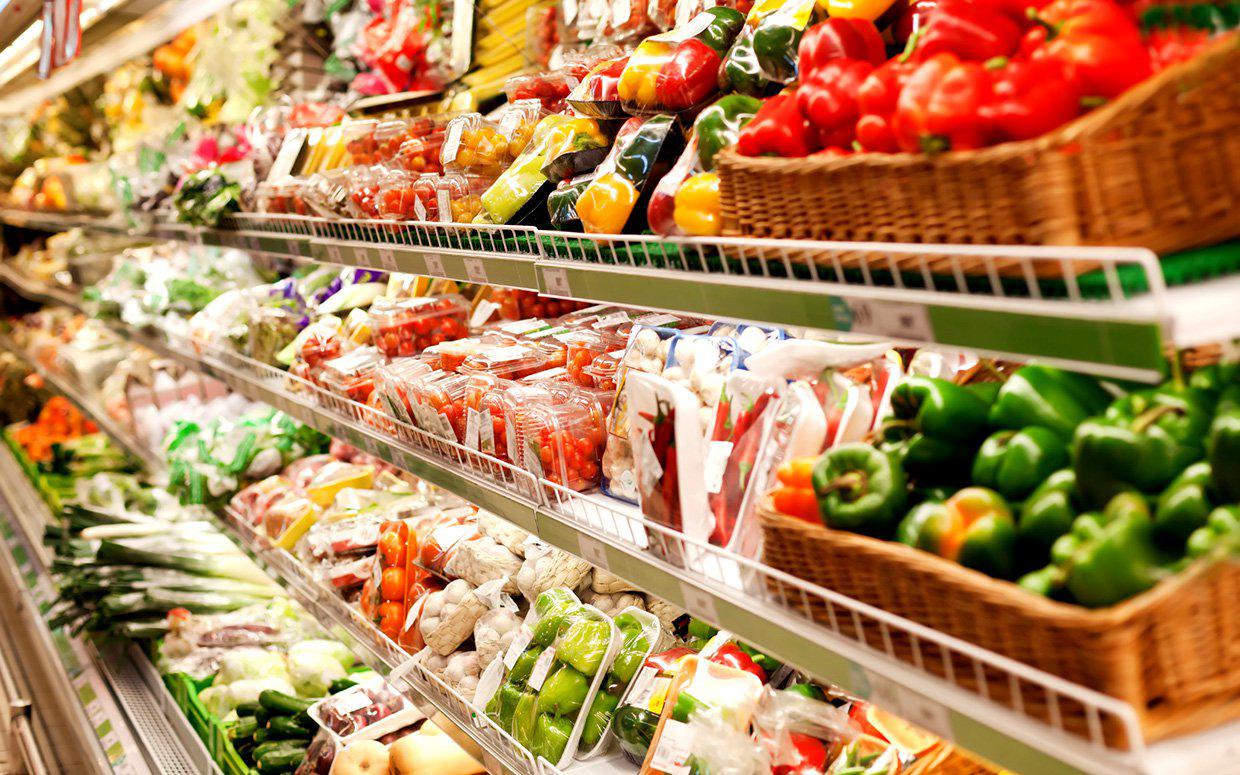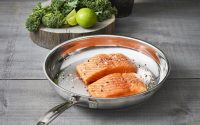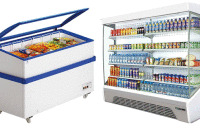Food Packaging Products: Which Material Makes the Ideal Choice?

Generally, people spend a great amount of money on food and drinks. According to a research conducted in 2012 regarding the Australian spending habits, people in Australia spend $11.7 billion a year on meat and $2.4 billion a year on seafood along with the $11.4 billion on alcohol and $1.1 billion a year on coffee and tea. With this number in mind, food manufacturers and homeowners are trying do find a way to prolong the lifespan of food while keeping it safe from the different contaminants that may affect its quality. For this purpose, today there are plenty of packing food products for sale you can find available – all made with one purpose in mind: to protect the food and make it safe to use.
Food packing has started a long time ago. The first packing products used by people were leaves, shells, and gourd. Once metal was discovered, people started making different packing forms and used them like food storage items. Today packing food products are made from different materials including glass, plastic, metal, cardboard, paper, aluminium. They are made to be suitable for different food products and storing conditions.
The most suitable packaging for a certain product depends on the type of application and the type of food that needs to be packed and stored. Some packing food products for sale offer a high level of protection and insulation but do not offer visibility. On the other hand, there are packing products that offer high visibility but minimal protection. The main goal of food manufacturers when launching a new product on the market is to pack it good enough so it can catch the eye of customers while still keeping it well protected.
Trays and baskets made from plastic, cardboard or styrofoam are the most common materials used for making packing food products for packing fresh foods such as meat. They allow the food to sit on a solid base, while the flexible or rigid plastic enables better visibility so the customers can actually see the food before buying it. A flexible plastic is usually used for frozen foods such as tortellini or peas as it makes them easier to handle.
Aseptic food packing is used for products like soups, milk and canned food. They can be packed in jars or cardboard cartons made to be easily stored on the market shelves. Since this type of food requires dark storing conditions, these packaging products do not offer product visibility.
Dry foods like scallops or dried shrimps are generally packed in plastic or carbon cartons as they require glass or plastic containers. Another food packaging material which is widely used is aluminium. It can be easily produced, it is less expensive than other materials and is an environmentally friendly material since it is made of recycled materials with the ability to be recycled again. Its features makes it a great choice for storing canned goods.
Polyethylene is heat resistant and shrinks when heated. It also has a good moisture barrier and has high sensitivity to oil and a high gas permeability. Because it is one of the less expensive options when it comes to packing materials, it finds its usage in a wide range of applications.
Packing products made of wood are used for transporting a wide range of products including fruits, vegetables, tea, beer, etc. Wood is still used for spirits and wine because the transfer of the flavour compounds from the barrels can improve the quality of the products that are being transferred.



